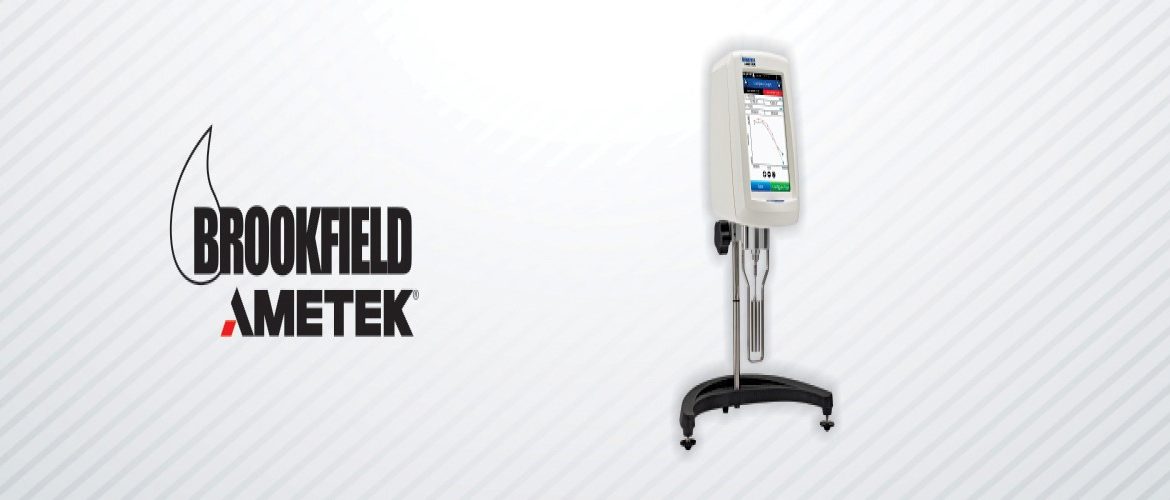New formulations for viscosity are tested by pharma R & D labs to measure flow behavior properties. Mixing in manufacturing, filling containers with products, and stability of the formulation during transport, storage is majorly affected by viscosity.
Viscometers and Rheometers are the instruments that are used to measure the viscosity of pharmaceutical liquids and semi-solids like ointments & creams. The typical behavior of pharmaceutical products is characterized by viscosity flow curves shown in the figure. The rotational speed of the spindle is indirectly proportional to viscosity ie as the rotational speed of the spindle increases, viscosity decreases. A data point on this curve is picked up by the R & D and QC tests that value when they qualify the batches for dispatch.
While setting up the QC test method, R & D defines the viscosity range of the manufactured material.
Scientific units of viscosity are milli-pascal seconds (mPa*s) whereas in North America it is Centipoise (cP)
By knowing the material that will be tested, A viscometer with an appropriate torque measurement range can be chosen.
For most pharmaceutical products two basic torque ranges are used.” LV “is used for low viscosity materials and RV is used for regular or medium viscosity products. HA and HB are used for high viscosity products (not used to test pharmaceutical liquids, creams, and ointments).
The instrument model is chosen depending on the operating features required for an instrument once the torque range is decided. When measuring viscosity R & D defines the type of spindle to use and rotation speed. The shape of the spindle may be cylindrical, cone, T bar, or may have a disc at the bottom. But most of the QC labs have Disc spindles.
Viscometer can be chosen by another feature ie. Builtin clock to time how long the spindle rotates before capturing the viscosity data point. Viscometer having a built-in temperature probe for verification of sample temperature is preferred if there is a temperature requirement for conditioning the sample.

